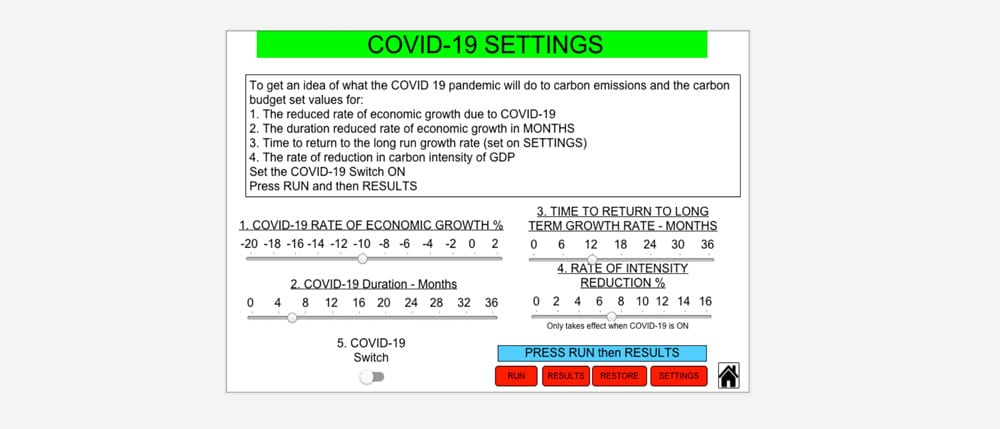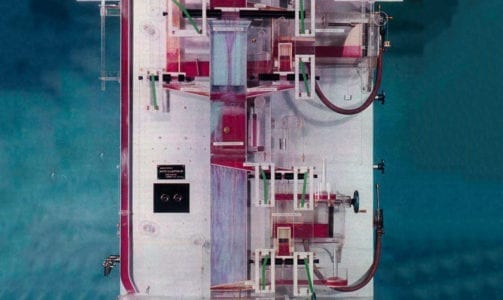The Journey not the Destination: A Carbon Budget Simulator
We often hear that it’s the journey and not the destination that really matters. Nowhere is this truer than when thinking about climate change. In this blog, CUSP co-investigator Peter A. Victor is introducing his illustrative carbon budget simulator, that can be used to explore different approaches to achieving an emissions target and remaining within a target budget. (This blog was updated on 30 March 2020 to include an addendum on the Corona crisis.)

We often hear that it’s the journey and not the destination that really matters. Nowhere is this truer than when thinking about climate change. Until recently, policy commitments about anthropogenic greenhouse gas emissions have usually been expressed in terms of a target percentage reduction in emissions from some base level to be achieved by a target year, often decades in the future.
The main problem with this approach is that it says nothing about the cumulative emissions that will occur between the present and the target date. This might be acceptable for an environmental problem caused solely by the flow of emissions and not the stock. But climate change is all about the stock which is commonly expressed as the concentration of CO2 or several greenhouse gases in the atmosphere. Of course, stocks increase with inflows and decrease with outflows, so flows are not irrelevant. It is by changing the flows that we change the stocks. However, if we focus too much on reaching a target flow in some future year and neglect the emissions path that gets us there, we are likely to discover that the stock of greenhouse gases becomes dangerously high.
This was brought home very clearly in the IPCC Special Report Global warming of 1.50C which ‘… suggests a remaining budget of about 420 GtCO2 for a two-thirds chance of limiting warming to 1.5°C, and of about 580 GtCO2 for an even chance (medium confidence).’ (p.96) The report discussed other greenhouse gases but did not include them in the estimates of the remaining carbon budget. In 2018, the year the report was written, global CO2 emissions were 42 ± 3 GtCO2 which if maintained would exhaust the remaining carbon budget in 10 to 14 years, and that was two years ago.
The IPCC report showed many emission pathways ‘compatible with 1.50C in the Context of Sustainable Development’. See Figure 1 below. The differences in the pathways relate largely to different socio-economic assumptions on which the pathways are based. However, they all share the common features of a very steep decline in emissions with negative emissions mostly in the second half of the century.
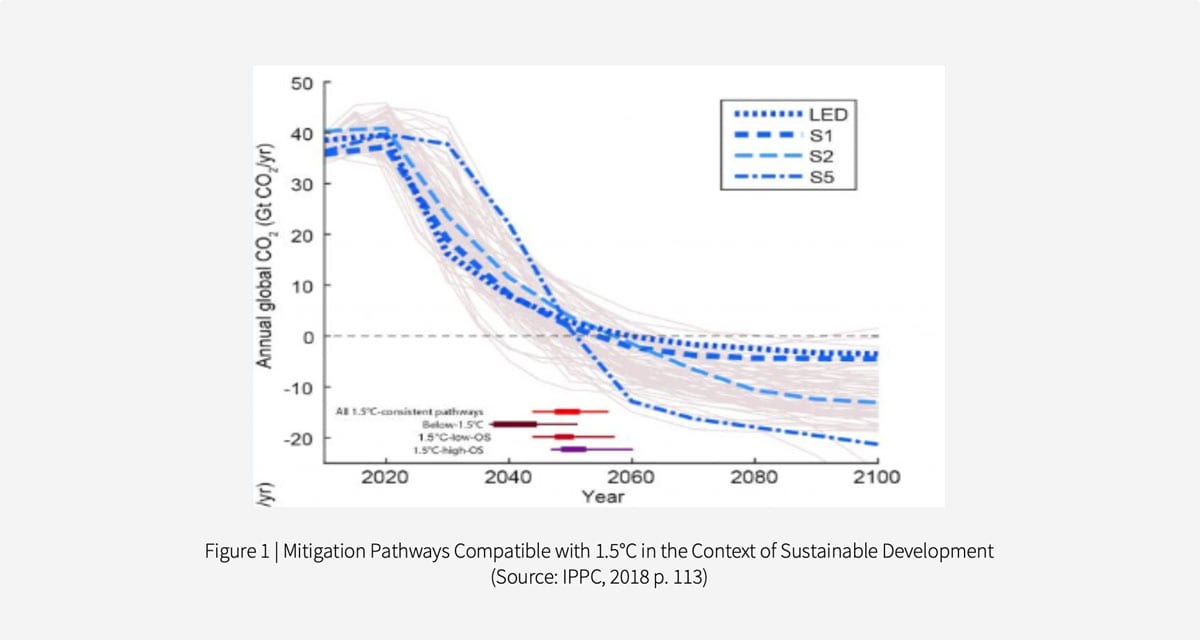
One result of this IPCC report is the adoption of net zero targets by a number of countries such as the UK and Canada. This is an improvement on an 80% or 90% reduction though it still leaves open the possibility that global and national carbon budgets will be exceeded on the way to reaching net zero. The path to net zero really matters. This becomes crystal clear in the simple to use carbon budget simulator that is now online.
Figure 2 shows how you set values for the key variables that determine the emissions and targets. The values shown are for a target reduction of 80% in emissions in 30 years. The carbon budget is set at 10 times current emissions and the assumed annual rate of economic growth is 2%. No delay in reducing emissions is assumed but this can be changed as can negative emissions which are set at zero. Figure 3 shows the implications of these settings.
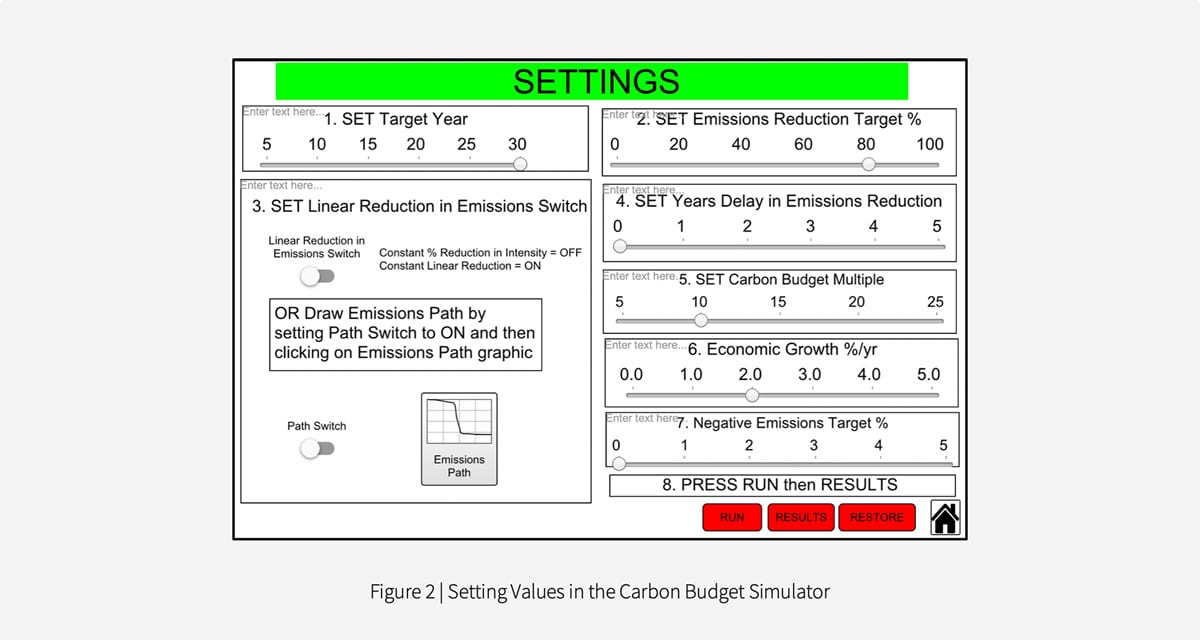
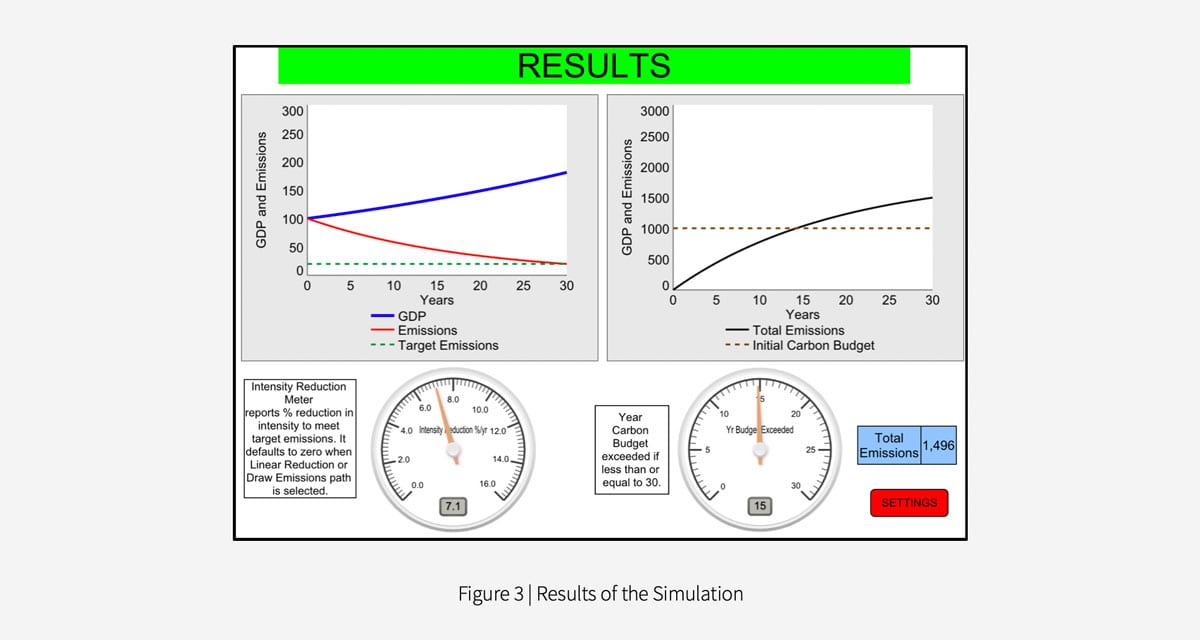
Figure 2 shows that to reduce emissions in 30 years by 80% requires an annual reduction in the emissions intensity of GDP (emissions/GDP) of 7.1% every year for 30 years. And even then, the carbon budget, set at 10 times the current level of emissions, would be exceeded in only 15 years.
Carbon Budget Simulator
Other emission pathways can be simulated. You can select a linear reduction pathway, or you can draw your own. It really matters which pathway you choose. As the saying goes, it’s the journey not (just) the destination. Do try the Carbon Reduction Simulator. It works for the for the globe or for an individual country or region. The results will surprise you. https://exchange.iseesystems.com/public/petervictor/carbon-budget-simulator/index.html#page1
Addendum | 30 March 2020
COVID-19: implications for carbon emissions and carbon budgets
The COVID-19 pandemic is disrupting lives and whole societies around the world. It is essential that we focus our collective and personal efforts on containing the spread, minimizing the impacts and caring for all those who contract the virus.
To be clear, no one should think that the kind of disaster we are experiencing with COVID 19 has any bearing on discussions of post-growth economies and sustainable prosperity, other than perhaps a warning about the hazards of globalization which is all part of the growth agenda. Managing without growth in high income countries is about avoiding disasters not celebrating them.
After the pandemic has passed there will be many interesting and important questions to consider. One of these concerns the impact of COVID-19 on carbon emissions and the lifetime of any specified carbon budget. Responses to the COVID-19 pandemic are already reducing economic output and carbon emissions. The reductions may continue for some time. No one knows how deep they will be and for how long, but we can gain some insight into the possibilities through simulation.
In my blog on March 3, 2020 ‘The Journey not the Destination’ I described a Carbon Budget Simulator that shows the rate of reduction in the emissions intensity of GDP (CO2 emissions/GDP) required to meet any emissions reduction target. It also shows how long cumulative emissions will remain within a user specified carbon budget.
The latest version of the Simulator includes a COVID-19 option. It provides a simple way to assess the impact of the reductions in GDP on carbon emissions and the implications for remaining within a carbon budget.
Figure 1 shows a screen from the Simulator and example input values for a COVID-19 scenario. You specify:
- The reduced rate of economic growth
- The duration of the reduced rate of economic growth
- The time to return to the long-term growth rate
- The rate of emissions intensity reduction
Using the example values in figure 1, a long-term rate of economic growth of 2%/yr, and a carbon budget 10 times greater than current emissions we get the following results:
- cumulative carbon emissions decline by nearly 11.5% over 30 years
- the life of the carbon budget is extended from 14.4 years to 17.3 years.
Do try your own scenarios. The Simulator is online at: https://exchange.iseesystems.com/public/petervictor/carbon-budget-simulator/index.html#page1

